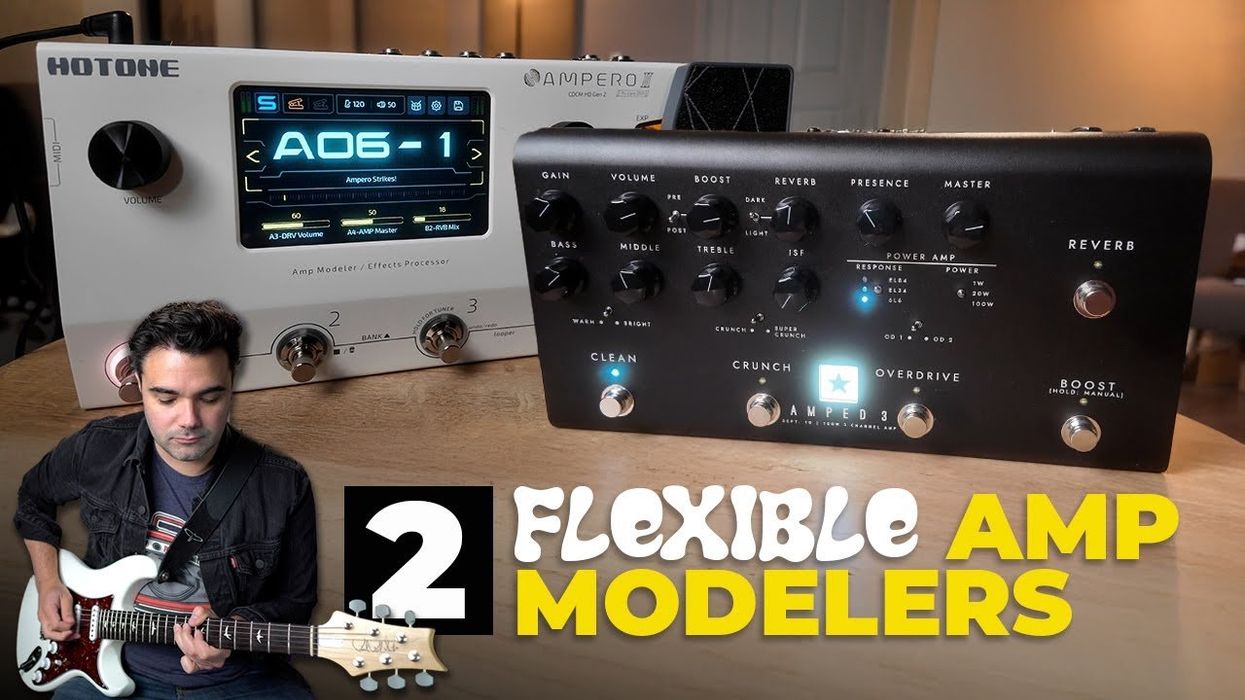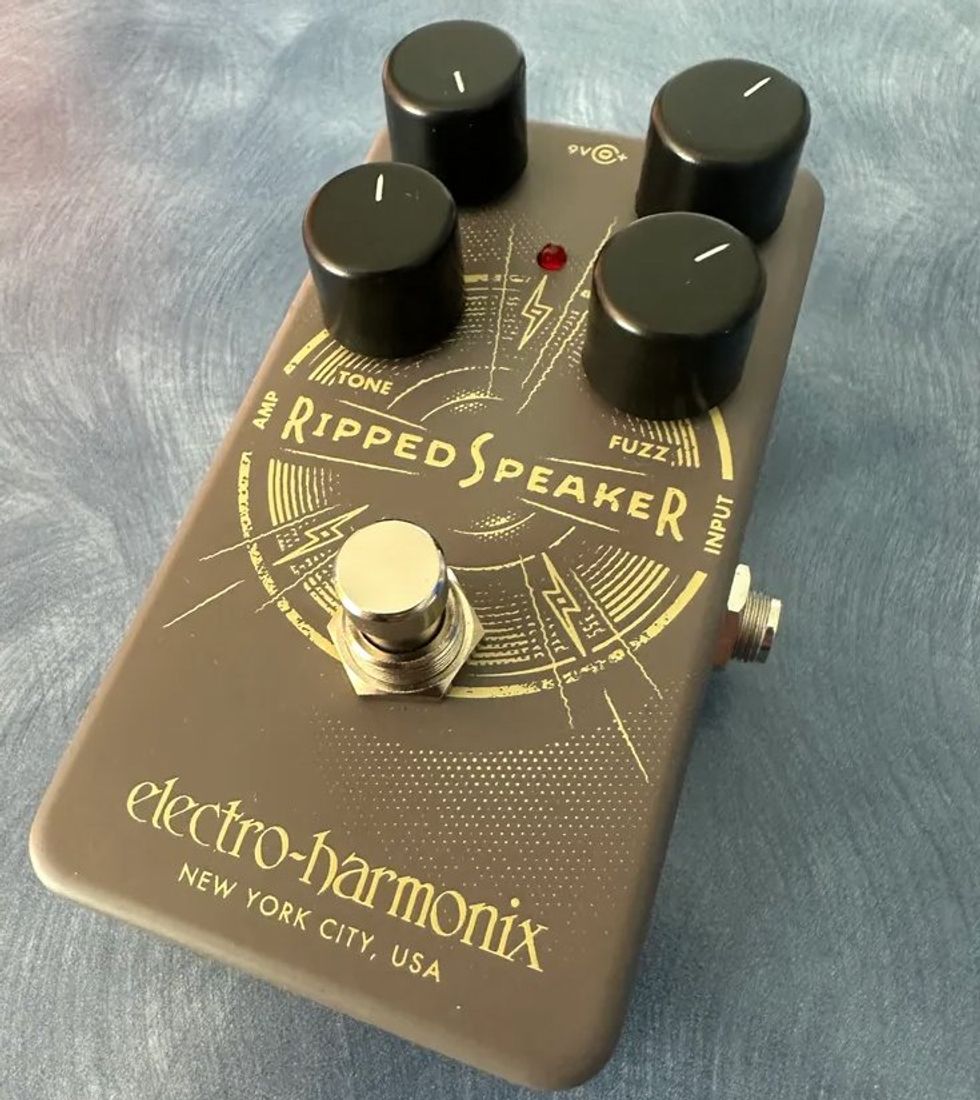Estonia (October 6, 2014) -- Spicetone launched 6Appeal guitar effect pedal that revives the long lost sound of analog polyfuzz. Besides being a hexaphonic fuzz-overdrive, 6Appeal features an active breakout box and modulation effects with full MIDI control.
It’s the only known pedal on earth that delivers real analog overdrive circuit to hexaphonic guitars sporting a 13-pin output, like guitars with Roland GK pickups or Godin guitars with RMC pickups.
The many territories that 6Appeal discovers range from progressive rock and melodic shoegaze to overdriven jazz, folk and even fuzzed up finger style playing. As Nigel Cassidy from BBC put it: "If only Bob Dylan had one of these when he went electric."
“The sonic difference with normal overdrives is tremendous,” says Spicetone’s development head Rein Sabolotny. He explains: “In normal overdrive all strings are distorted together, which results in atonal components and great loss of harmonics. That is why distortion is widely used for one string solos and power chords only. In 6Appeal, each string has a dedicated channel, so you have full blown harmonics. Think of Brian May’s Queen-era sound. You can even play complicated jazz chords with distortion as the atonal components are not messing up your harmonics!”
The best word to describe 6Appeal’s sound is “orchestral”. Besides full harmonic range, 6Appeal lets you to pan individual strings in stereo, so you can fill the stage and amaze your audience with a full spatial effect. Ever dreamed of true surround guitar? 6Appeal serves as a middleman for your 13pin guitar and soundcard - both clean and distorted. All strings can be routed separately to your mixer or computer.
Internally, 6Appeal has seven analog overdrive channels without any D/A or A/D converters. There is a separate channel for each string, plus a channel for summed signal. The circuit is controlled with a microprocessor and different settings can be applied per string.
With 6Appeal, you can modulate the sound, applying different modulation rates and types per string. For the modulation, there are two Low Frequency Oscillators (LFO) and a Sequencer. The modulation section can control any pot on 6Appeal. For example you can modulate drive and level in opposite phase, and get supernatural tremolo. There is also a powerful Filter Section on three ¼” jack outputs; modulating the Filter produces autowah style effect.
“For several years, I had been looking for ways to expand the concept of electric guitar sound,” says Sabolotny. “Then I noticed there are more and more guitars with divided pickups; and the only thing you could do with those, was to play digital guitar synths - unless you shelled out thousands for an old and unreliable analogue guitar synth.”
Even though 6Appeal excels with hexaphonic pickups (Godin/RMC, Roland GK, Cycfi Neo6, Ubertar etc), there is a mono input, too, so you can mix in your normal pickups or use 6Appeal in mono.
For hexaphonic pickups, there is a Pre and Post Root Boost circuit for each string. Root Boost enhances basic harmonics that some types of 13pin guitars tend to lack, as the pickups are mounted close to bridge. As a Dublin based musician Enda Bates put it: “The Root Boost functionality is also very useful and really improves the sound of these types of pickups which are inevitably mounted in the bridge.”
Everything in 6Appeal can be controlled by external MIDI, including the modulation tempo. It is also an outgoing MIDI controller - you can send MIDI messages from 10 pots and 3 footswitches. “Internally, 6Appeal is high end product with more than 1000 components,” tells Taivo Saarts, Spicetone’s technology head. “It’s costly but you have the power of several stompboxes in one pedal. What I like the most is that all settings can be saved. A guitarist has 144 preset memories for one’s own custom presets. I’m also very fond of how we manage to indicate actual pot positions, using illuminated pots.”
If you’re into digital post processing, 6Appeal works as a Breakout Box for 6+1 channels. You can send all channels separately to you DAW, overdriven or clean. The output signal can be boosted to strong +4dB signal level, so you don’t have to turn up your soundcard’s input level.
Watch the company's video demo:
For more information:
Spicetone



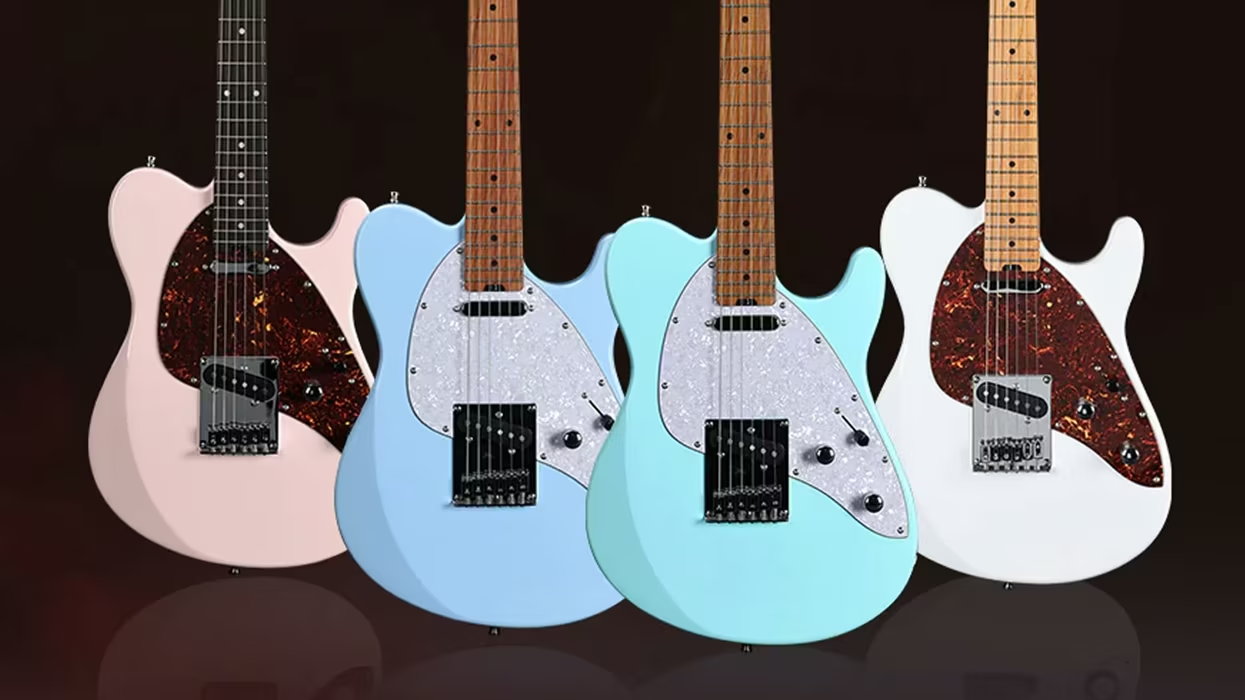

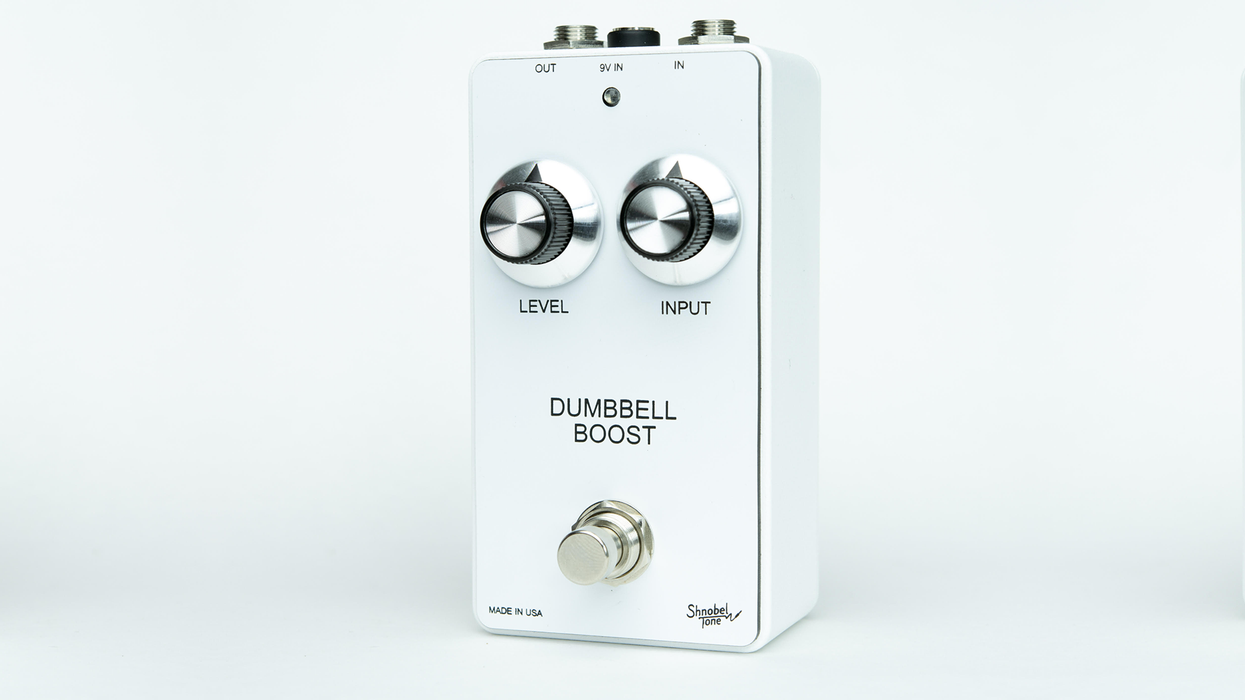

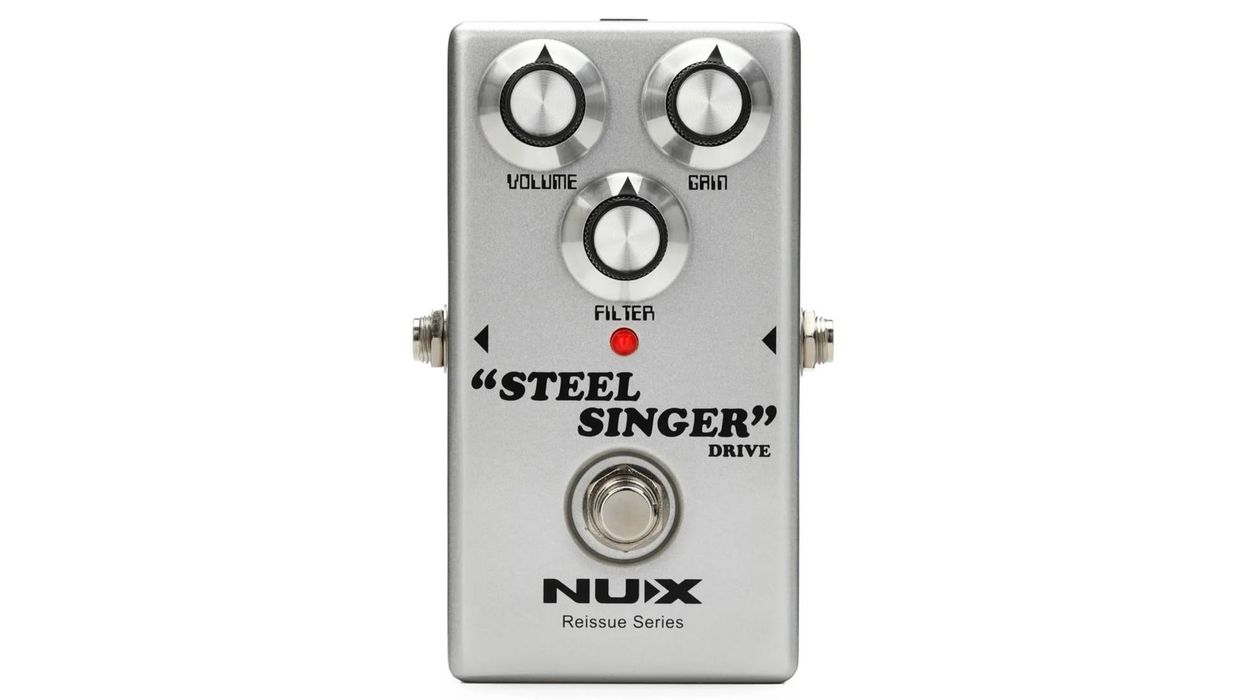

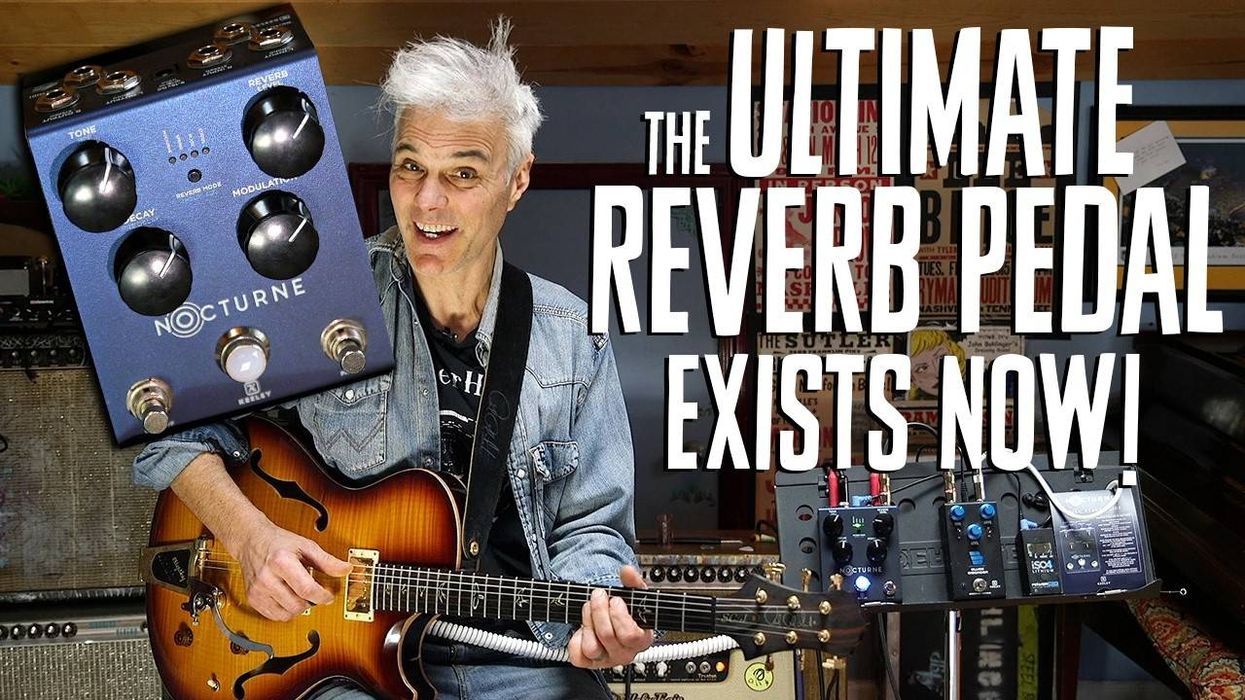

![Rig Rundown: Russian Circles’ Mike Sullivan [2025]](https://www.premierguitar.com/media-library/youtube.jpg?id=62303631&width=1245&height=700&quality=70&coordinates=0%2C0%2C0%2C0)






